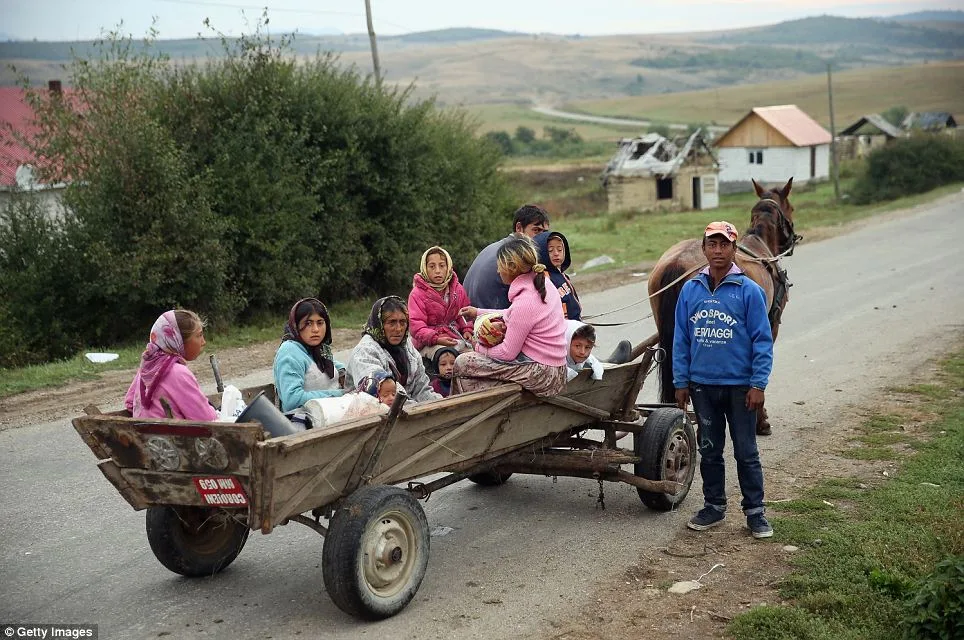https://www.reddit.com
Brazil
See how each senator voted in the session that returned Aecio's mandate
TO RETURN TO THE SENATE, SENATOR MINEIRO NEEDED AT LEAST 41 VOTES. WON THE SUPPORT OF 44 SENATORS
By 44 votes to 26, the Federal Senate plenum decided on Tuesday (17) to return the mandate to Senator Aécio Neves (PSDB-MG), who had been dismissed by order of the Federal Supreme Court (STF) since September.
See below how each senator voted:
See below how each senator voted:
NEVES AERIAL MUST CONTINUE AWAY?
Votação no Senado, em 17/out/2017
Sim26
Abstenção1
Falta9
Não44
Sim (26)



























Acir Gurgacz
PDT/RO

Alvaro Dias
PODEMOS/PR

Ana Amélia
PP/RS

Ângela Portela
PDT/RR

Antonio Carlos Valadares
PSB/SE

Fátima Bezerra
PT/RN

Humberto Costa
PT/PE

João Capiberibe
PSB/AP

José Medeiros
PSD/MT

José Pimentel
PT/CE

Kátia Abreu
PMDB/TO

Lasier Martins
PSD/RS

Lídice da Mata
PSB/BA

Lindbergh Farias
PT/RJ

Lúcia Vânia
PSB/GO

Magno Malta
PR/ES

Otto Alencar
PSD/BA

Paulo Paim
PT/RS

Paulo Rocha
PT/PA

Randolfe Rodrigues
REDE/AP

Regina Sousa
PT/PI

Reguffe
S/SIGLA/DF

Roberto Requião
PMDB/PR

Romário
PODEMOS/RJ

Ronaldo Caiado
DEM/GO

Walter Pinheiro
S/SIGLA/BA
Não (44)













































Airton Sandoval
PMDB/SP

Antonio Anastasia
PSDB/MG

Ataídes Oliveira
PSDB/TO

Benedito de Lira
PP/AL

Cássio Cunha Lima
PSDB/PB

Cidinho Santos
PR/MT

Ciro Nogueira
PP/PI

Dalirio Beber
PSDB/SC

Dário Berger
PMDB/SC

Davi Alcolumbre
DEM/AP

Edison Lobão
PMDB/MA

Eduardo Amorim
PSDB/SE

Eduardo Braga
PMDB/AM

Eduardo Lopes
PRB/RJ

Elmano Férrer
PMDB/PI

Fernando Bezerra Coelho
PSB/PE

Fernando Collor
PTC/AL

Flexa Ribeiro
PSDB/PA

Garibaldi Alves Filho
PMDB/RN

Hélio José
PMDB/DF

Ivo Cassol
PP/RO

Jader Barbalho
PMDB/PA

João Alberto Souza
PMDB/MA

José Agripino
DEM/RN

José Maranhão
PMDB/PB

José Serra
PSDB/SP

Maria do Carmo Alves
DEM/SE

Marta Suplicy
PMDB/SP

Omar Aziz
PSD/AM

Paulo Bauer
PSDB/SC

Pedro Chaves
PSC/MS

Raimundo Lira
PMDB/PB

Renan Calheiros
PMDB/AL

Roberto Rocha
PSB/MA

Romero Jucá
PMDB/RR

Simone Tebet
PMDB/MS

Tasso Jereissati
PSDB/CE

Telmário Mota
PTB/RR

Valdir Raupp
PMDB/RO

Vicentinho Alves
PR/TO

Waldemir Moka
PMDB/MS

Wellington Fagundes
PR/MT

Wilder Morais
PP/GO

Zeze Perrella
PMDB/MG
Faltaram (9)










Armando Monteiro
PTB/PE

Cristovam Buarque
PPS/DF

Gladson Cameli
PP/AC

Gleisi Hoffmann
PT/PR

Jorge Viana
PT/AC

Ricardo Ferraço
PSDB/ES

Rose de Freitas
PMDB/ES

Sérgio Petecão
PSD/AC

Vanessa Grazziotin
PCDOB/AM
Abstenção (1)


Eunício
fonte redação http://www.gazetadopovo.com.br/politica/republica/veja-como-cada-senador-votou-na-sessao-que-devolveu-mandato-de-aecio-7tzcpk8kxz7xnh5oa2sxqsn4b/?utm_source=facebook&utm_medium=midia-social&utm_campaign=gazeta-do-povo
INEQUALITY IN LATIN AMERICA: ABYSS GROWS BETWEEN
RICH AND POOR
In several Latin American countries, the rich are growing richer, while an increasing number of people remain in poverty.
Apesar dos esforços dos governos de esquerda na região para aliviar a pobreza das massas na América Latina e garantir novos contratos sociais garantir condições de vida dignas para os trabalhadores e os pobres, a região como um todo permanece um dos mais desiguais do segundo mundo só para África.
According to the World Bank, five Latin American countries are among the 14 countries that suffer from high inequality. These countries include Honduras (6), Colombia (7), Brazil (8), Guatemala (9), Panama (10) and Chile (14). The countries were classified according to the Gini coefficient, a number that measures the inequality in a given country, evaluating the distribution of income of the family.
Telesur takes a look at the glaring disparities of wealth and well-being felt in a region that continues plagued by corporate exploitation, the lack of workers' rights and social benefits, and economic subservience to the rich centers of global capitalism.

The UN Development Program warned that "25 to 30 million people in risk region fall back to income poverty This amounts to more than a third of the population who have left poverty since 2003."
Photo: Reuters
Publicado 14 de junho de 2016
imagens Google Font
redação fonte http://www.telesurtv.net/english/multimedia/unequallatam-20160614-0025.html
Switzerland - black money and dirty laundry
At home with Roma: Barefoot but still radiant, poor families who eke out an existence in remote villages in Romania
- Ponorata Roma community in northern Romania is home to about 500 people but did not show up on the map
- Some residents have access to electricity and more than 90 percent of them are unemployed and illiterate
- Romania is home to about two million Roma and until the end of the 19th century most were kept as slaves
It does not appear on any map, is hardly visited by the authorities and the people live in almost medieval conditions.
However Ponorata village in northern Romania is home to about 500 Roma, who eke out an existence in abject poverty and squalor that is almost unimaginable in Europe.
Some have access to electricity and over 90 percent of them are illiterate and unemployed.They survive by finding food in the region, government support and labor weekdays.

Poverty: Sorina Prodan holding the child in the settlement of abjectly poor Roma Ponorata.Sesetengah 400-500 Roma living in rural settlements, which do not appear on maps

Requirements Medieval: Roma stop for pictures while riding their horse drawn carriages, which for many
font image goolge
font editor dailymail.co.uk/news/article-2424296/At-home-Roma-Remote-villages-people-struggle-terrible-poverty-continue-traditional-way-life.html





















Comentários
Postar um comentário